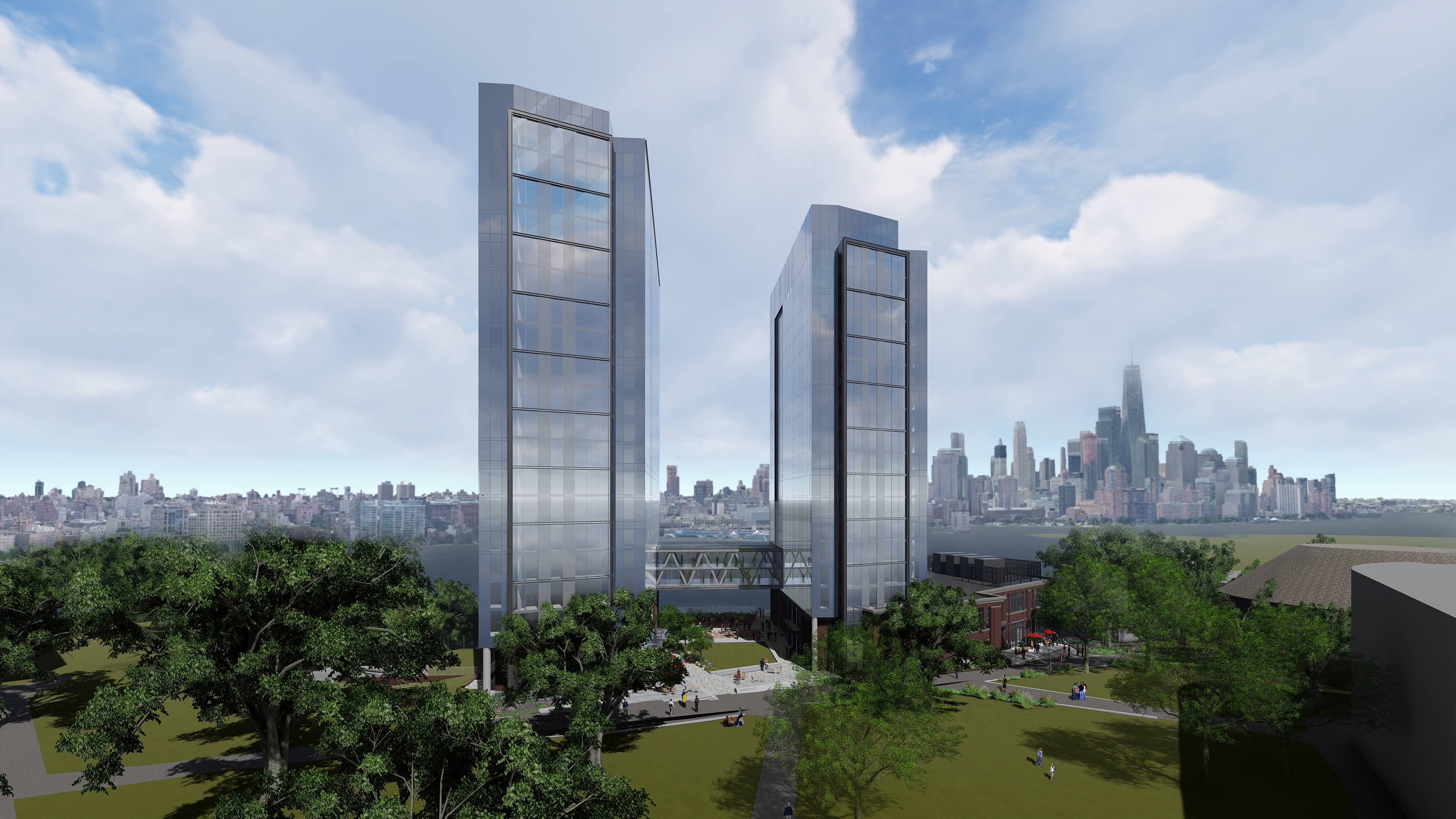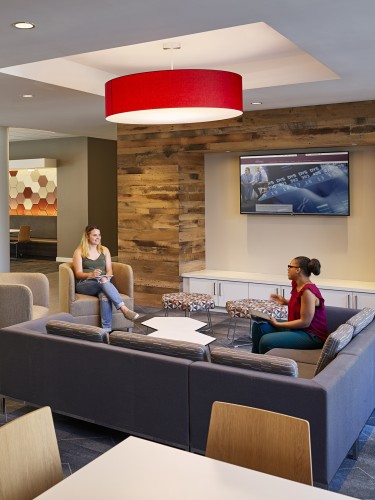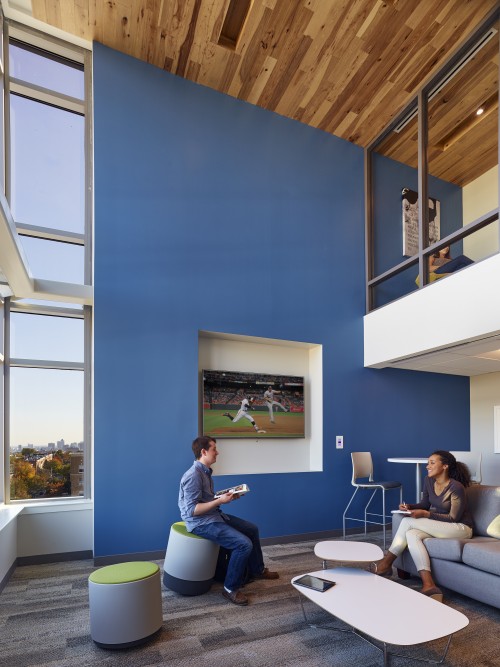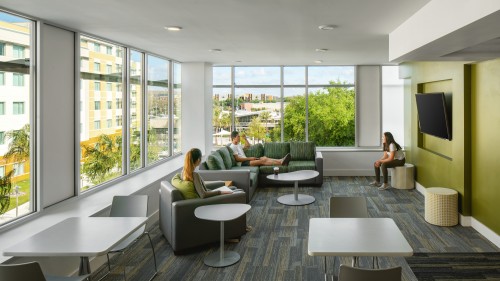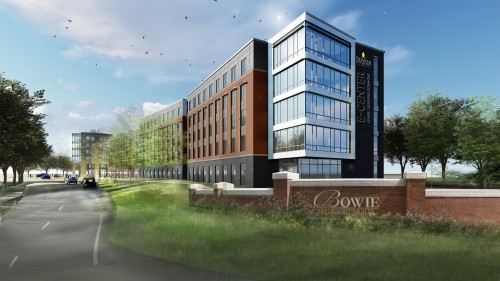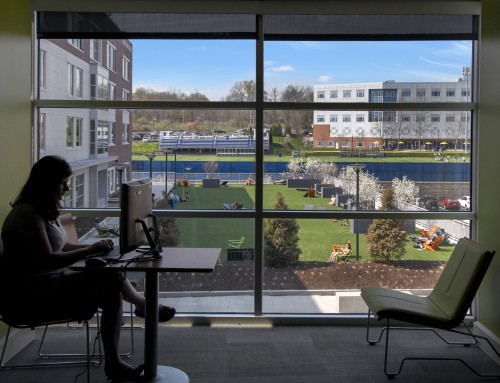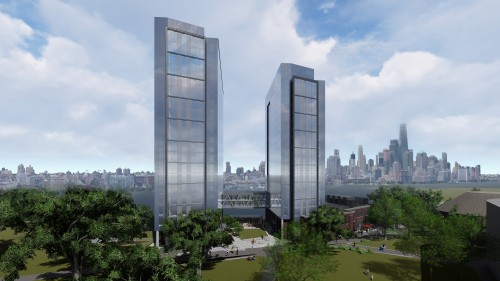
As COVID-19 breathes uncertainty into so many aspects of higher education, the eventual return of students to campus is forcing colleges to rethink projects and partnerships in terms of structure, delivery methods, safety and cost.
In the realm of student housing, this also means a re-assessment of Public-Private Partnership (P3) feasibility. At Design Collective Inc. and Brailsford & Dunlavey, we have seen well-managed P3s enrich the traditional college housing planning process, resulting in efficiencies, successful 24-7 spaces, and on-time residence-hall openings. While P3s are not a good solution to every problem, if matched with the right problem and the right client, they can often benefit both the institution and its students. Many institutions approach P3s with trepidation and misconception, fearing loss of control or on-campus values, but these risks can be mitigated. And many believe P3s are only embarked upon by institutions with debt capacity limitations or the need to preserve capital [1], while we have seen P3s help schools attract and retain the best and brightest students while meeting their academic mission and financial objectives. With COVID-19 impacts on college campuses, our eyes are open to how P3s might evolve.
Most frequently at colleges and universities, P3s form around student housing projects. Currently, student housing is particularly pertinent, as the reality of a Fall 2020 semester and students living on campus is a real-time consideration for graduates and families across the US. As of yet, there is no universally adopted solution for what Fall will look like on campus. Some schools have announced online-only learning, while others have decided to reduce housing density by transforming double rooms into singles. We’ve also heard of other schools which may opt to densify housing, as off-campus housing options become more limited. Jeffrey Turner, Executive Vice President at B&D and co-leader of the firm’s higher education advisory practice, puts the need for student housing in context, reminding us that like most things, student housing projects are driven by demand – which is often predicated on enrollment. As discussed in DCI’s Design in Times of COVID-Higher Ed piece, some schools may see a drop in admissions, while other larger in-state schools or community colleges may see an increase in admission rates. A local University leader in Administration & Finance reports the request for on-campus housing at his university has not fluctuated in either direction. Though if demand is a key variable when deciding whether or not to embark on a P3, and demand is yet undetermined, schools must look to other variables as they decide whether or not to pursue a P3 for upcoming projects.
Balance sheets are also a factor when embarking upon a new project, as capital spending projects are the first and easiest things to cancel during tough economic times. This administrator speculates that any new residence hall projects “may have to be P3” right now, explaining that “institutions are cautious about debt/bonding capacity” as all the improvements needed for distancing and contagion prevention, combined with reduced density, will make many projects expensive and raise rents. With these considerations, partnerships with companies and firms that have investment capacity may be the only option for colleges and universities.
Though we must remember, a successful P3 depends on elements beyond the balance sheet. Turner is quick to point out the soft skills crucial to real-time collaboration, especially now. “We have to be patient and compassionate…everyone is dealing with personal things, not to mention the current stress related to all of the changes in higher education.” This may shed light on why so many higher education institutions are focused on short-term solutions, and understandably so. The days will continue to tick by, whether we have a solution for student housing or not. For now, the right approach is focusing on the short-term; as fall approaches and we all settle into the ‘what’s next,’ longer-term solutions can come into focus.
Regardless, the application of P3s will become more creative. Turner notes there are many schools that are “cash poor and real estate rich, looking to monetize their land to help diversify their revenue streams.” This creative approach could lead a transition to non-student housing P3s, like active adult multi-family housing projects, retirement villages, innovation districts, and other mixed-use projects, alleviating financial pressures on a campus while surrounding it with productive use of space.
While it may seem far away, we’re eager to see what happens in late August; will masked move-in days progress, or will campuses remain quiet? Will occupancy rates meet or even exceed expectations, or will they fall short? And what will the long-term financial impacts of the global crisis be? Much will reveal itself in the coming months. And much will continue to change in the coming years; Public-Private Partnerships are no exception.
[1] Jeffrey Turner, EVP, B&D
